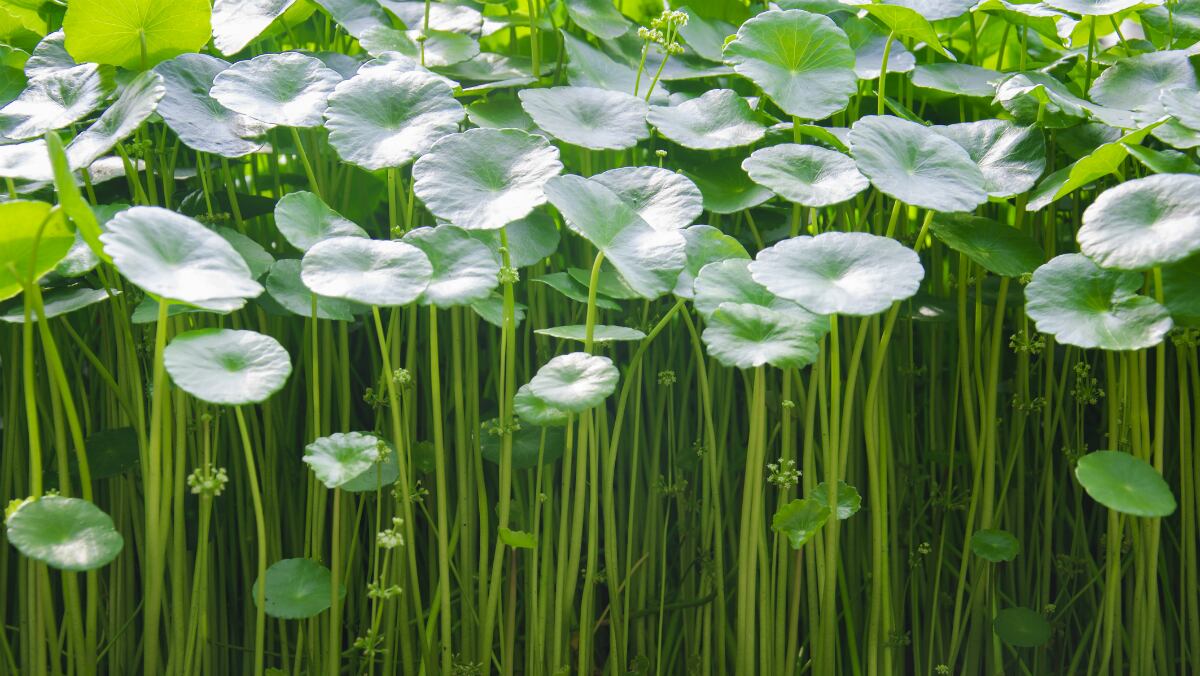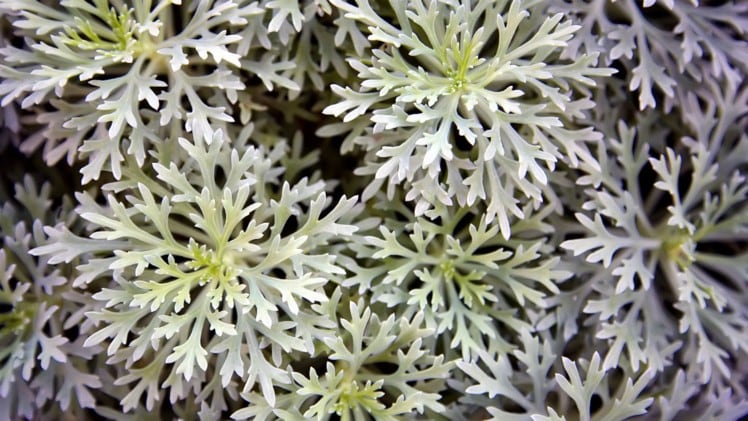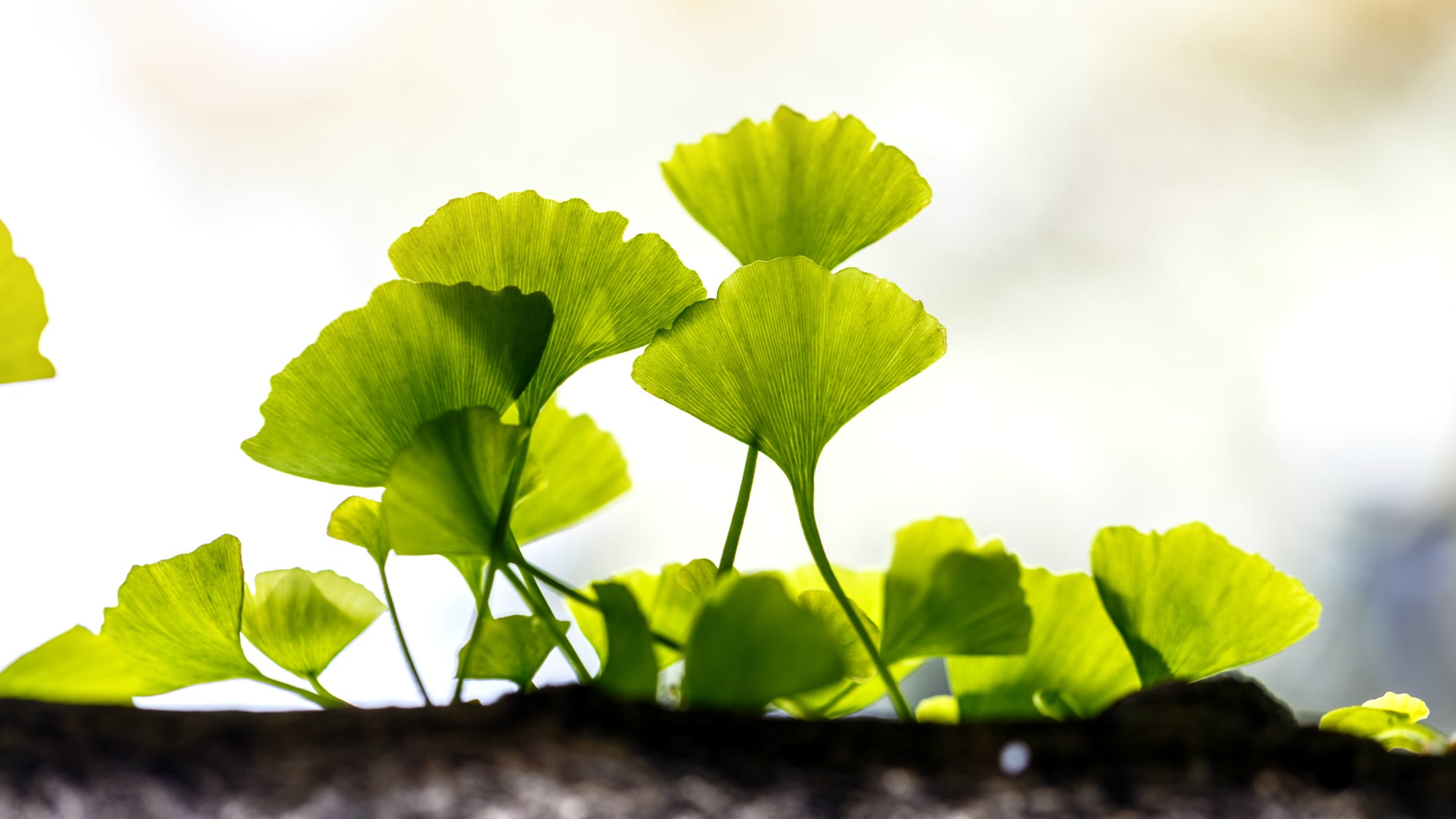Indena published the monograph, entitled Centella asiatica: Entering a new era, with the aim of exploring new uses of the medicinal plant (also known as gotu kola), which is native to the wetlands of South East Asia.
The plant has been used in ayurvedic medicine and other traditional medicines for centuries, due to its purported antibacterial, antiviral, anti-hypertensive, diuretic, anti-ulcer, and anti-inflammatory properties, which are said to be brought about by its active compounds, asiaticoside, madecassoside, asiatic acid and madecassic acid.
While it highlights that pre-clinical and clinical studies are available and confirms properties already known to exist, the monograph also looks at new research scenarios and broader applications, including cardiovascular protection and diabetic nephropathy, as well as treating burns and postpartum stretch marks.
Herb for the heart
In the area of cardiovascular health, the healing properties of Centella asiatica extract are likened to keloid formation on the skin, with the publication detailing its effectiveness on atherosclerotic plaques with evidence of the extract's prevention of embolic and thrombotic complications.
This was achieved through the extract's ability to help increase the stability and density of atherosclerotic echolucent plaques in patients who were suffering from atherosclerosis.
Botanical for the brain
The monograph also includes Centella asiatica's existing and potential applications in the field of neurology, in addition to its current role as an aid in preserving cognitive function and memory through the prevention of neuronal degeneration.
The plant has been reported to have a neuroprotective effect on cognitive impairment caused by strokes and Parkinson's disease, and is a potential candidate for the reduction and treatment of neurological damage brought on by diabetic hyperglycaemia.
Salve for the skin
Last but not least, the monograph also includes Centella asiatica's skin health benefits, particularly with regards to the treatment of stretch marks, which commonly appear during and / or after pregnancy.
Stretch marks, which are visible linear skin depressions secondary to fibroblast dysfunction, may be caused by alterations in the connective tissue secondary to hormonal imbalances and weight gain
Indena's personal care business development manager, Giada Maramaldi, told NutraIngredients-Asia: "Pregnant women experience stretch marks not because their skin becomes less elastic during or after pregnancy, but because a large part of the collagen the mother produces is 'stolen' by the foetus.
"As such, when the baby is born, the mother has insufficient collagen to ensure the skin has the same elasticity as it did before pregnancy."
To this end, a pilot study aiming to assess Centella asiatica's safety and tolerability during the postpartum period has shown that topical application in the form of a skin cream could help to prevent stretch marks.
Other indications
Indena has touted its insistence on the careful and accurate control of its entire network of supply chains, ensuring sustainable sourcing and production, as well as promoting social projects in one of Centella asiatica's main harvesting areas, Madagsacar's Alaotra Mangoro region.
Maramaldi said the company had been "studying Centella asiatica for years" to help alleviate certain health conditions, and promised that it would "keep developing new products to take advantage of this medicinal plant’s amazing potential".
"It is present in most Asian medicines, especially ayurvedic medicine, and also features greatly in medicine from Madagascar, as well as medicine in other parts of South Asia.
"In Asia, we currently supply our Centella asiatica to pharmaceutical drug companies and dietary supplement brands in may countries, including China, South Korea, Taiwan and Thailand.
"Centella asiatica boosts collagen production and minimises keloid formation. At the moment, however, we only know of one set of its benefits, and this monograph will help us to properly categorise its applications and benefits, as well as to add more when we learn more."




